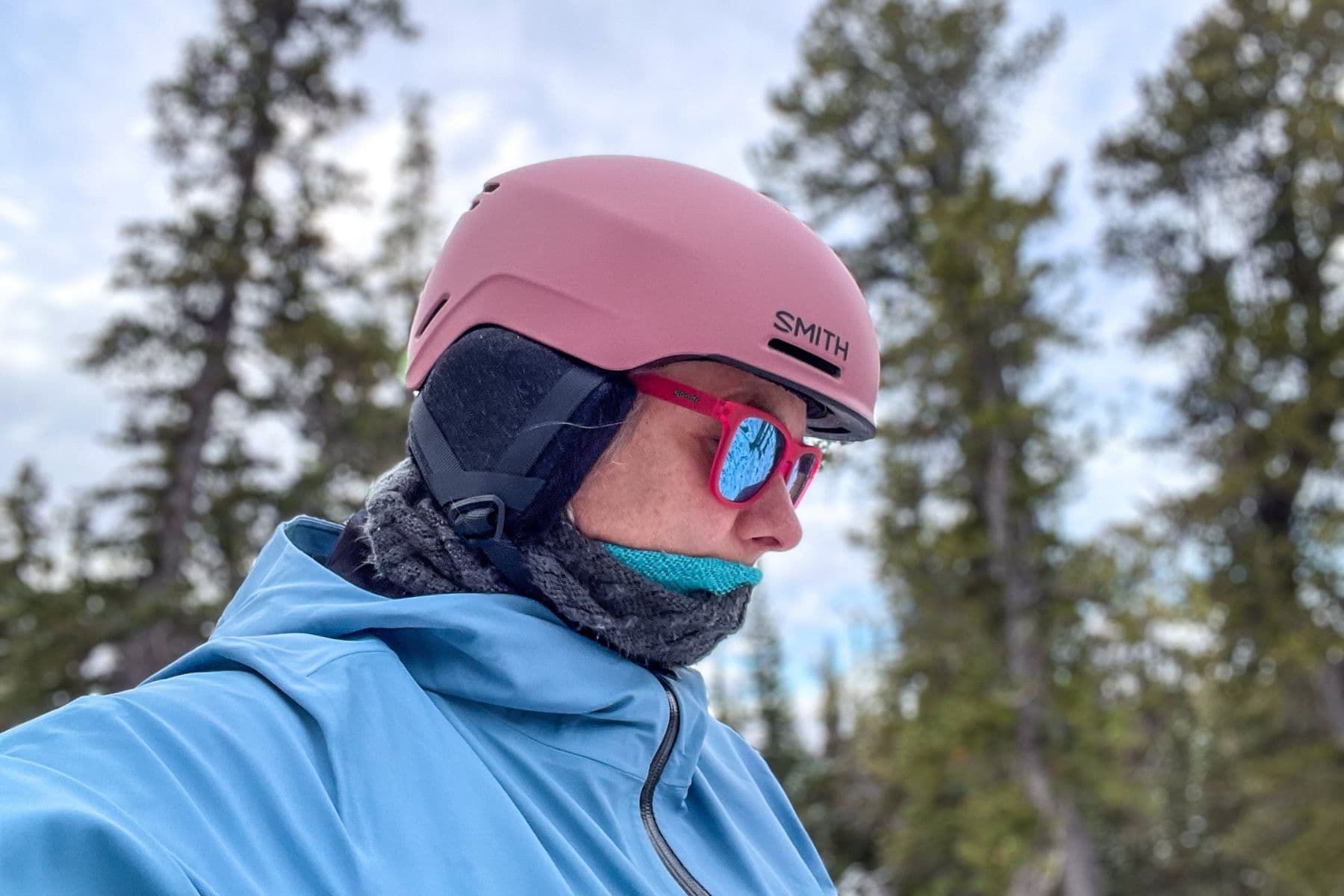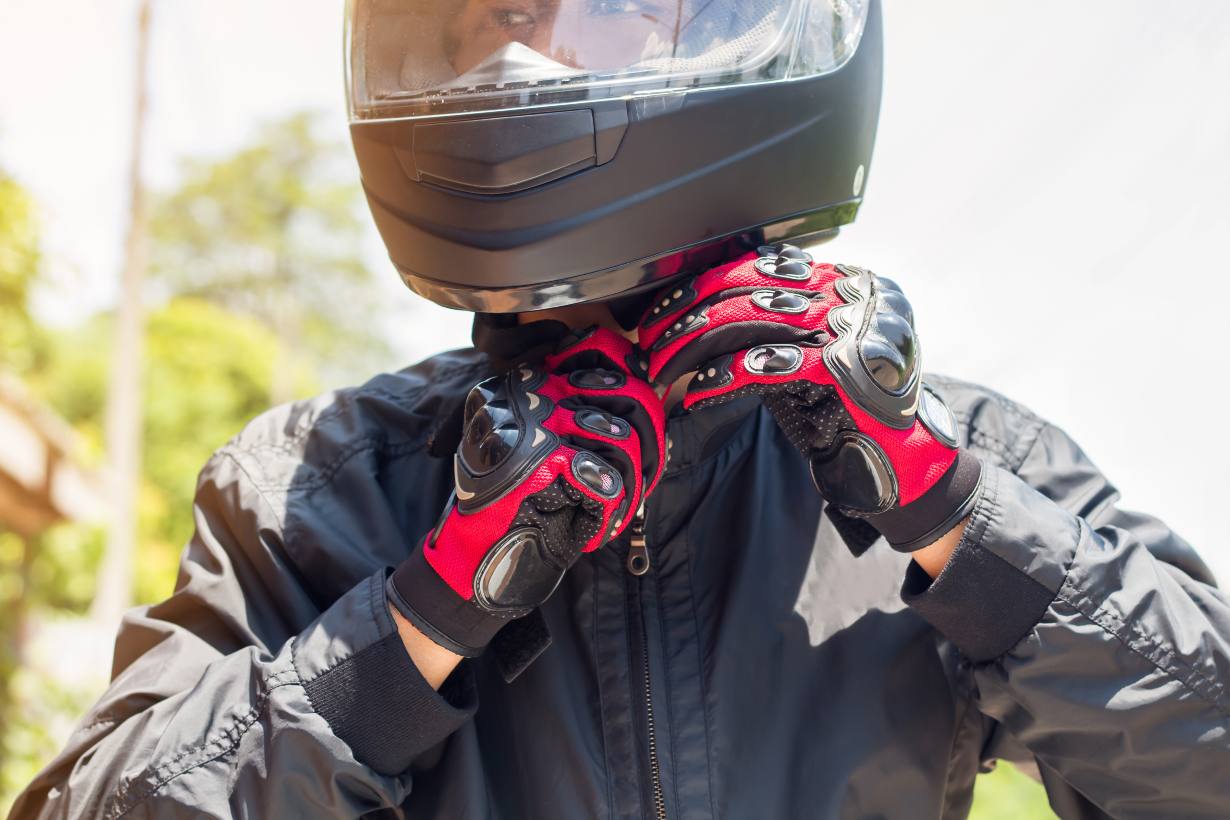Selecting the right helmet size is essential for ensuring safety, comfort, and protection. An improperly fitted helmet can compromise its ability to protect you in case of an impact, making it crucial to choose the correct size and fit. Here’s a comprehensive guide to help you find the perfect helmet size.
1. Why Helmet Fit is So Important
A helmet’s main purpose is to protect your head by absorbing impact during a fall or accident. A well-fitting helmet:
- Distributes Impact Evenly: A helmet that fits snugly absorbs and distributes impact forces more effectively.
- Prevents Movement: If a helmet is too loose, it can slide or come off, reducing protection.
- Enhances Comfort: A helmet that fits well won’t cause discomfort or distractions, allowing you to focus on your activity.
2. Steps to Measure Your Head for the Right Helmet Size
The first step in choosing the right helmet size is to measure your head circumference. Follow these steps for an accurate measurement:
- Step 1: Gather Your Tools
Use a flexible measuring tape or, if unavailable, a piece of string and a ruler. - Step 2: Measure Your Head Circumference
Wrap the measuring tape around the widest part of your head, about an inch above your eyebrows and ears. This point captures the largest circumference of your head and provides the most accurate measurement for helmet sizing. - Step 3: Record the Measurement
Take note of the measurement where the tape meets its end. If you’re using a string, mark the overlap and measure it against a ruler. - Step 4: Double-Check
Measure your head twice to ensure accuracy. Use the average if there is any slight variation.
3. Using Helmet Size Charts
Each helmet manufacturer may have slightly different size guidelines, so consult the specific brand’s size chart once you have your measurement. Here’s a general size reference:
- XS: 20.1 – 21.3 inches (51 – 54 cm)
- S: 21.3 – 22 inches (54 – 56 cm)
- M: 22 – 22.8 inches (56 – 58 cm)
- L: 22.8 – 23.6 inches (58 – 60 cm)
- XL: 23.6 – 24.4 inches (60 – 62 cm)
- XXL: 24.4 – 25.2 inches (62 – 64 cm)
4. Trying on Helmets: Ensuring a Proper Fit
Once you’ve selected a helmet size, it’s essential to try it on for comfort and stability. Here’s how to check if the helmet fits properly:
- Snugness
The helmet should sit snugly on your head without causing discomfort. It should touch the top and sides of your head evenly, without any pressure points. - Shake Test
Shake your head gently from side to side and up and down. The helmet should move with your head, not slide around. If it shifts, try a smaller size or a different model. - Vision and Positioning
The helmet’s rim should sit just above your eyebrows, allowing clear vision and full protection. The sides of the helmet shouldn’t obstruct your peripheral vision. - Chin Strap Check
Fasten the chin strap so that it feels secure but comfortable. You should be able to fit one or two fingers between the strap and your chin. When you open your mouth, you should feel gentle pressure from the helmet.
5. Different Helmet Shapes and How They Affect Fit
Helmets come in various shapes to accommodate different head shapes:
- Round Shape: Best for those with a rounder head where width and length are nearly equal.
- Oval Shape: Ideal for longer head shapes, where length is greater than width.
- Intermediate Oval: A popular shape that fits most heads, falling between round and oval.
Try on helmets of different shapes to find the best fit if you experience pressure in specific areas, as shape can affect comfort.
6. Adjustable Fit Systems for Added Comfort
Many helmets come with adjustable systems to further refine the fit. These systems include:
- Dial Adjusters
A dial at the back of the helmet allows for easy adjustment. Twist it to tighten or loosen the fit for comfort and stability. - Removable Pads
Some helmets come with extra padding that you can add or remove to customize the fit. - Ventilation Features
While not directly related to fit, helmets with ventilation help keep you cool, which can improve comfort on long rides or activities.
7. Helmet Fit and Headgear
If you wear any headgear, such as a balaclava, skull cap, or even a particular hairstyle, take these into account when sizing your helmet:
- Try On with Accessories: When you try on helmets, bring any headgear to ensure a comfortable fit with all the items you’ll be wearing.
- Consider Seasonal Fit: For activities in varying climates, consider how your helmet fits with or without additional head layers.
8. Regularly Checking Helmet Fit
Your head size and shape can change over time, especially with age or changes in hairstyle. Check your helmet fit regularly and re-measure if it feels too loose or too tight. For optimal protection, helmets should be replaced every 3–5 years or immediately after any significant impact, as materials degrade over time.
9. Common Helmet Fit Mistakes to Avoid
- Too Loose or Too Tight Fit: A helmet should sit snugly without pressing uncomfortably.
- Improper Chin Strap Adjustment: The chin strap should be secure but not overly tight, and should sit comfortably under the chin.
- Ignoring the Shape: Choose a helmet that matches the shape of your head to avoid pressure points or gaps.
Final Thoughts
Choosing the right helmet size is about more than just comfort—it’s about your safety.
Taking the time to measure, test, and select the correct size ensures maximum protection and peace of mind, allowing you to focus on your ride or activity with confidence.








